The Vivekananda Rock Memorial is celebrating its 50th Anniversary this year. This article gives a brief account of how it came into being.
Swami Vivekananda’s mission for rejuvenation of Bharat began with the plan he hit upon sitting on “the last bit of Indian rock”. He reveals this in a letter that he wrote to his brother-disciple Swami Ramakrishnananda on 19 March 1894 from America: “Sitting on the last bit of Indian rock—I hit upon a plan …. Suppose some disinterested sannyasins, bent on doing good to others, go from village to village, disseminating education and seeking in various ways to better the condition of all … through oral teaching, and by means of maps, cameras, globes, and such other accessories – can’t that bring forth good in time? …. We, as a nation, have lost our individuality, and that is the cause of all mischief in India. We have to give back to the nation its lost individuality and raise the masses.”
The Rock at Kanyakumari
The spiritual power of the Rock which is the feet of Bharatmata, drew Swami Vivekananda to Kanyakumari. After his sojourn as a wandering sannyasi across India, Swami Vivekananda reached Kanyakumari in Dec 1892. During his travelling, he had seen how Indians had degenerated into poverty, ignorance and utter loss of self- confidence. He was greatly distressed that under the rule of foreigners, the last of whom were the British, Indians had forgotten their own identity. But even amidst this degeneration he could see the unique spiritual potential of the land. He identified this potential as the tool which would uplift his fellow countrymen from their stupor, and not only that, but also empower them to contribute to the progress of human civilisation. How to achieve this was the question that was tormenting his mind.
After praying fervently to Bhagavati Kanyakumari, Swami Vivekananda came out of the temple. The sacred last bit of Rock surrounded by the waves of the sea attracted his attention. He felt a spiritual pull towards the Rock on which Bhagavati Kanyakumari had performed penance in the ancient past, the proof of which is her footprint still marked on it. Instantly he felt that the Rock on which Parashakti successfully did Her penance would be the seat where he too would find answers to his painful questions. As he had no money for boat fare, he jumped into the sea and swam to the Rock. For three days and three nights from 25 to 27 of December 1892, he remained immersed in meditation. And what a meditation it was! He was meditating not for his own salvation, but for alleviating the spiritual and physical distress of his country men and women. After three days when he returned to the shore, he told people who enquired about him, that he was a disciple of Sri Ramakrishna, and sitting on the Rock he had discovered the mission of his life.
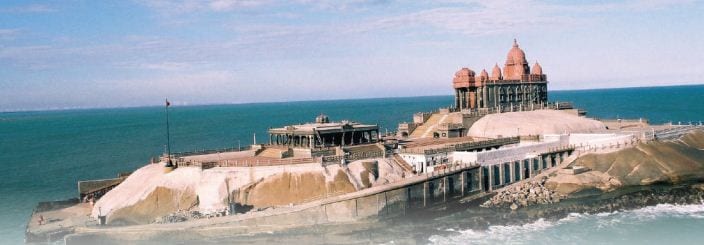
Discovering his life-mission
While meditating on the Rock, Swami Vivekananda realized that the downfall of India was not because of her dharma, but precisely because of ignorance of dharma. So he decided that the Vedantic truth of Oneness, respect for diversity, potential divinity of man, and the host of associated spiritual ideas had to be reached out to the masses across the land. This idea later clinched his decision to go to the World’s Parliament of Religions at Chicago in USA and present Hindu dharma to the world at large. If the message of Vedanta successfully reverberated across the world, then Bharat’s confidence in Hindu dharma would be restored and strengthened. He realised that the mission of his life lay in inspiring fellow men and women to strive and manifest the divinity within them for the good of mankind.
Rousing call
From the stage of the Parliament of Religions, Swami Vivekananda captured the attention of America. Scores of Americans eagerly imbibed the message of Sanatana Dharma that he delivered for over four years. On his return to Bharat in 1897, he gave a rousing call to the nation: “Arise! Awake!! Stop not till the goal is reached!”
Bid to erase Vivekananda’s association with the Rock
On seeing Swami Vivekananda’s photographs, the people of Kanyakumari recognised him as the swami who had meditated on the Rock. Later, in Swamiji’s memory the people of Kannyakumari established a Vivekananda Library. But many felt that Swamiji’s visit and meditation on the Rock needed to be properly commemorated.
In the year 1963, the Birth Centenary of Swami Vivekananda was being celebrated all over the country. Now the people of Kanyakumari wanted to build a memorial for Swamiji on that very historic Rock where the unknown monk was transformed into a nationbuilder and a jagadguru.
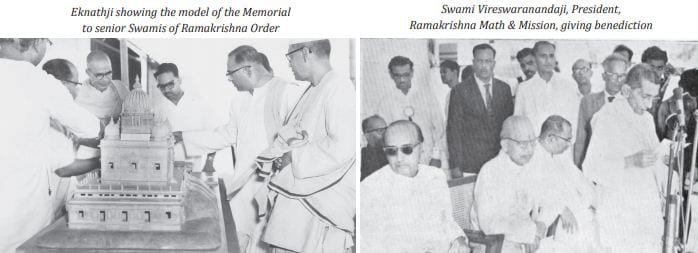
Initially things moved smoothly. But unfortunately a section of Christian community was instigated and it started demanding that the memorial of St Xavier should be built on the Rock. To fabricate their claim, they erected a big stone cross on the Rock. It became a communal issue! Naturally some who could not accept this falsehood, removed it one night. The Tamil Nadu State Government then took the stand that it was indeed Vivekananda Rock, but no memorial could be built on it.
Blessings of Ramakrishna Mission
The Vivekananda Rock Memorial Committee approached Rashtriya Swayamsevak Sangh for help. The Sangh deputed Sri Eknath Ranade to take up the cause. Knowing that the Memorial work would be a full-time task, Eknathji was relieved of his responsibilities in the Sangh.
Before going to Kanyakumari, or to Madras (now Chennai) where the Vivekananda Rock Memorial Committee had its registered office, Eknathji first went to Calcutta (now Kolkata) to seek the blessings of Srimat Swami Madhavananda Maharaj, the 9th President of Ramakrishna Math and Ramakrishna Mission. Revered Maharaj blessed Eknathji and told him: “As we are a sannyasi organization we cannot involve in this directly as it may need agitations etc. You go ahead and Thakur will bless you, Swami Vivekananda will bless you, and you have my blessings also. You are born to do this work.
Obstacles at three levels
Vivekananda Rock Memorial Committee nominated Sri Eknathji as its Organizing Secretary. He faced difficulties at three levels – a section of local Christian community was opposing a memorial for Swami Vivekananda on the Rock; the Chief Minister of Tamil Nadu had taken the stand that he would not allow the memorial to be built on the Rock; and Sri Humayun Kabir, Union Minister of Scientific Research and Cultural Affairs while referring to the controversy had said that the memorial on the rock would spoil the natural beauty. The subject of Rock Memorial had all the potential to be a communal flash point.
Eknathji decided first to meet Sri Humayun Kabir. The minister avoided meeting him. Therefore, with the help of some swamis from Ramakrishna Mission, Eknathji contacted the journalists of Kolkata and held a Press Conference. The next day, the newspapers in Kolkata highlighted the news that Sri Humayun Kabir, elected by the people of Kolkata, was opposing a Memorial for Swami Vivekananda, the revered son of Kolkata. The outcry forced Sri Humayun Kabir to immediately invite Eknathji for a meeting and later announce that he was not against the Memorial for Swami Vivekananda. The first hurdle was thus cleared.
Support from 323 MPs
Eknathji next met Sri Bhaktavatsalam, Chief Minister of Tamilnadu. Though the CM refused to give permission, Eknathji kept the dialogue alive. He also realised that he needed to try at a different level. He collected information that the Chief Minister obeyed Prime Minister Jawaharlal Nehru in political matters, and that he was an ardent devotee of the Shankaracharya of Kanchi Kamkoti Peetham, Sri Chandrashekharendra Saraswati, commonly known as Paramacharya.
Eknathji went to Delhi and requested Sri Lal Bahadur Shastri for help. He was told to wait for a better time. Due to the 1962 Chinese invasion the situation in Delhi was depressive. But Eknathji did not sit quiet. He met various leaders and eminent personalities in Delhi and apprised them of the matter. As the centenary year was coming to a close, he again went to Sri Lal Bahadur Shastri, who told him to get within three days the signatures of at least some members of the Parliament appealing for the Memorial.
After three days Eknathji submitted to Shastriji the signatures of 323 MPs – practically all the MPs present in Delhi at that time. Shastriji was stunned. Cutting across political, regional and creedal lines all the MPs had signed. How did Eknathji, a pracharak of the Sangh get the signatures of all MPs? Eknathji’s appeal was simple. “In the interest of our nation, to pay our respects to Swami Vivekananda, can we not rise above our political, regional and religious colours?” All responded positively.
When all the MPs desired the Memorial, it meant the whole country was aspiring for it. Responding to this development, Sri Bhaktavatsalam agreed for a statue of Swami Vivekananda on the Rock, with the condition that the temple should be only a 15 by 15 feet shrine.
Purity, Patience and Perseverance: Key to Success
Deciding that the Memorial should match the aspirations of the nation, Eknathji took the Chief Minister’s permission to consult about the designs for the temple with the President of India, the Prime Minister, other prominent public figures, the President of the Ramakrishna Order, and the Paramacharya of Kanchi Kamakoti Peetham.
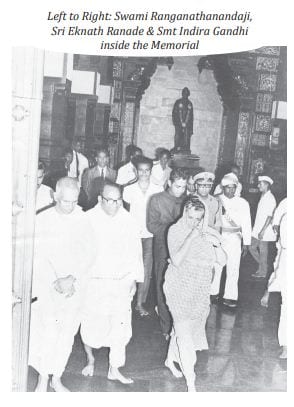
The Kanchi Paramacharya took keen interest in the design of the Memorial. Under his directions the traditional temple architect Sthapati Sri S. K. Achari designed the temple. Only it was a little bigger than what was permitted – the Sabha Mandapam alone was 130’x 56’! Gradually, over the next four years, permission was obtained for Sripada Mandapam, Dhyana Mandapam, administrative quarters, helipad, rain water reservoirs etc.
Funds?
Funds was a big challenge from the very beginning. For six years, almost on an average 650 workers worked every day in stone sculpting, polishing, construction etc. Their salaries had to be paid every week. Sometimes when the salary could not be paid Vivekananda Rock Memorial Committee (VRMC) took loan just to feed the workers. There were suggestions to suspend the work. But Eknathji did not agree. He wanted the Memorial to be constructed in time at any cost, for he had another bigger vision to materialise.
To raise funds VRMC printed one-rupee folders with the picture of the proposed Memorial, Swami Vivekananda, and his inspiring quotations. Public Committees were formed in each state comprising people from various walks of life cutting across political, regional, sectarian lines. Thus 85 lakh rupees were collected through one rupee and two rupee donations from the common people. Almost all the state governments in spite of whatever party was in power donated one lakh rupees for the Memorial. The Central Government donated Rs. 15 lakhs. The first donation of Rs. 10,000/- was given by Swami Chinmayananda of Chinmaya Mission.
The two-month inauguration
Within a record time of six years, the grand memorial costing one crore and thirty lakhs rupees was ready for inauguration. Kanyakumari was then a small village with no facilities to accommodate large numbers of people. Therefore, the inauguration programme was panned out for two months, allotting a separate time for each state.
Swami Vireshwarananda, the 10th President of Ramakrishna Math and Ramakrishna Mission, consecrated the Vivekananda Rock Memorial. It was formally inaugurated on 2 September 1970 by the President of India Sri V. V. Giri. The inaugural celebrations were attended by many dignitaries including Prime Minister Smt. Indira Gandhi, and Vice President of India Sri G. S. Pathak.
Vivekananda Kendra: The second phase of the Memorial
Eknathji did not want to limit the Memorial of Swami Vivekananda to a granite building. He felt that the real living memorial for Swami Vivekananda would be the lives of men and women dedicated to the nation in serving the needy and suffering people. Thus, on 7 January 1972 Vivekananda Kendra a spiritually-oriented service mission was started.
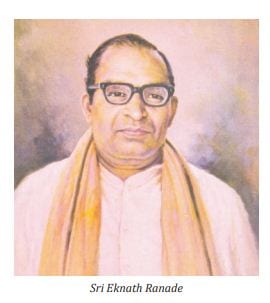
Young men and women ready to dedicate their whole life in selfless work are trained by Vivekananda Kendra and called jeevanvrati karyakartas. They are sent to different parts of the country, where with the help of local volunteers, they take up various service activities like education in tribal and rural areas, rural development, natural resource development, cultural research, publications, youth motivation, samskara varga for children, and yoga vargas. Today, Vivekananda Kendra is working in over 1005 places in cities across the country and in the border states like Assam, Arunachal Pradesh, Nagaland, and Andaman.
This year, Vivekananda Rock Memorial is celebrating its 50th Anniversary. It is in every sense a national memorial. It is – a memorial for which all Members of Parliament overcoming party politics appealed for; a memorial for which people throughout the country gave one rupee or two-rupee donation; the only memorial for which almost all state governments donated a minimum of one lakh rupees each; a memorial which has the harmonious blending of different styles of Indian traditional architectures. The Memorial is also perhaps the only such example in the world where a Memorial in granite gave birth to a living memorial, a mighty service organization.
The story of the Memorial is also the story of Sri Eknath Ranade. Eknathji’s The Story of the Vivekananda Rock Memorial reveals a unique personality full of grit, brilliant acumen, resourcefulness, patriotism, and love for Swami Vivekananda. In his lecture ‘My Plan of Campaign’ delivered in Madras, Swami Vivekananda gave a call: “Men, men, these are wanted; everything else will be ready, but strong, vigorous, believing young men, sincere to the backbone, are wanted. A hundred such and the world becomes revolutionized.” Eknath Ranade was one such personality. He was a soldier of Swami Vivekananda and played his part in rebuilding India.
Source : Vedanta Kesari, February, 2020

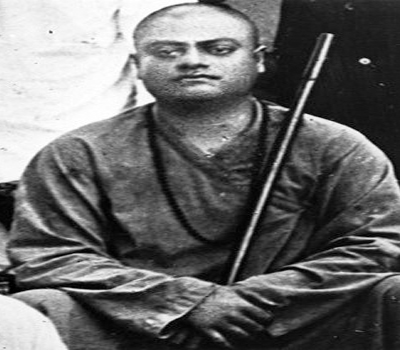
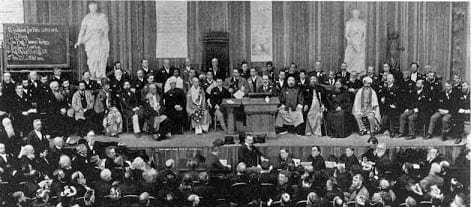

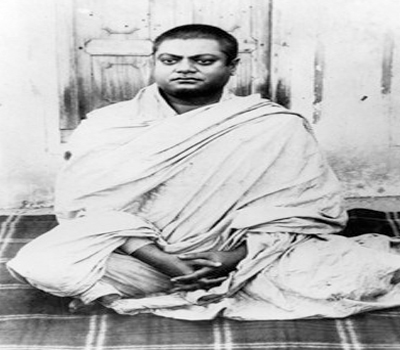
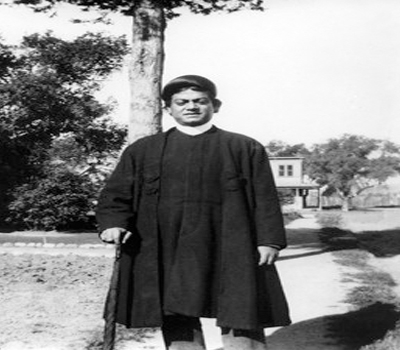
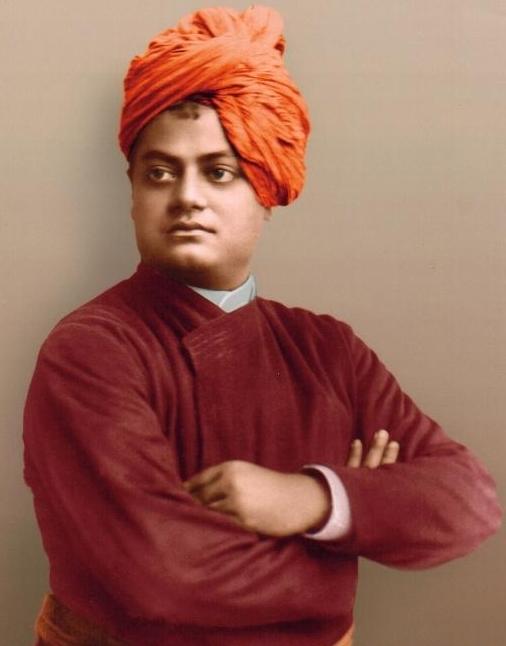
Leave A Comment